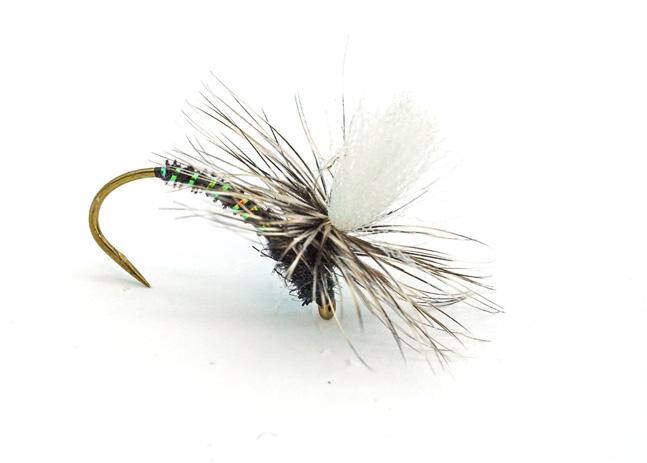
1 minute read
Flies
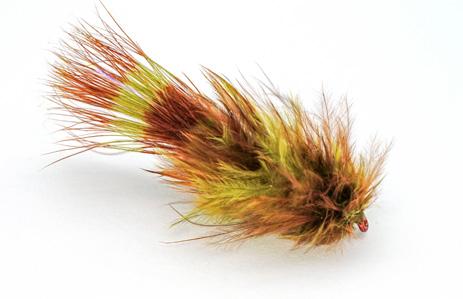
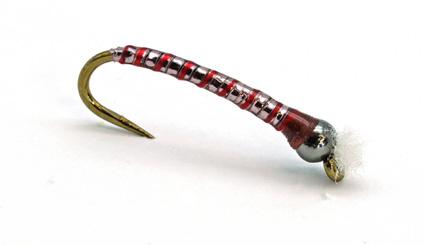
Advertisement
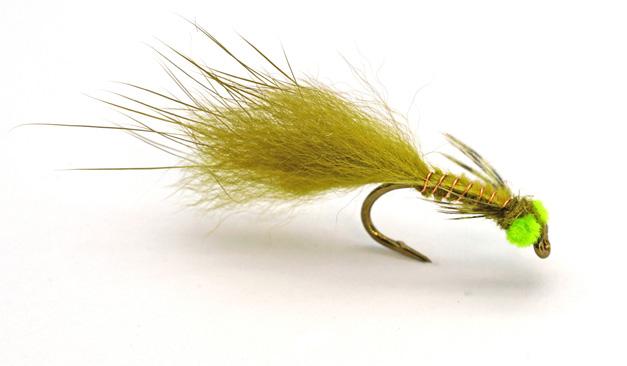
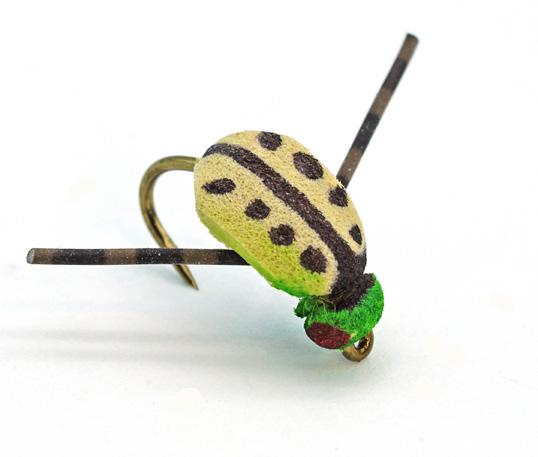
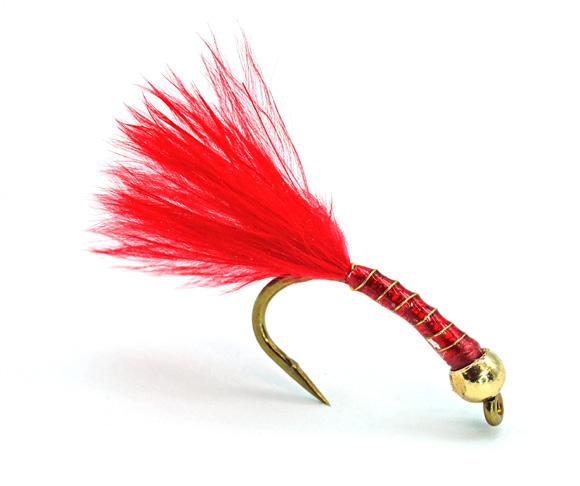
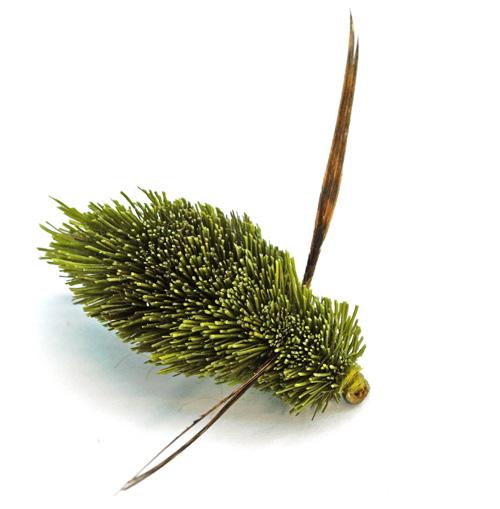
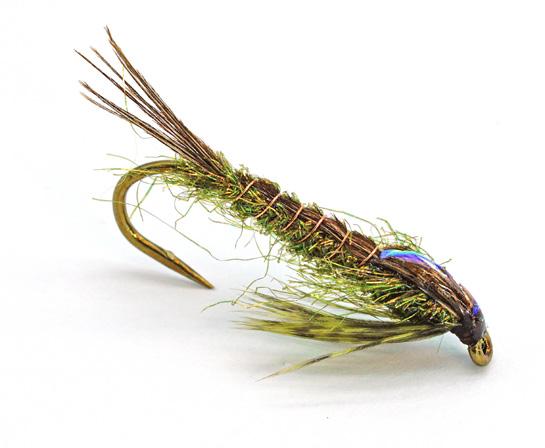
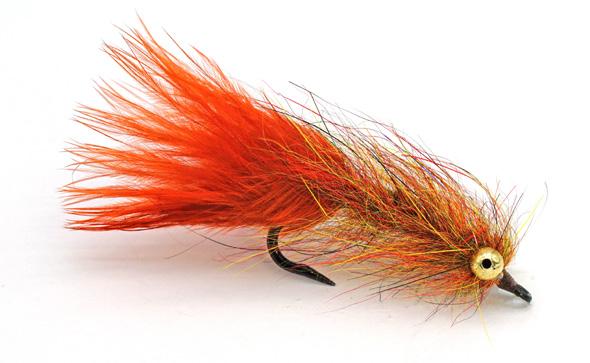
WITH PHIL ROWLEY & FRIENDS
By Phil Rowley
STILLWATER FLIES WITH PHIL ROWLEY & FRIENDS
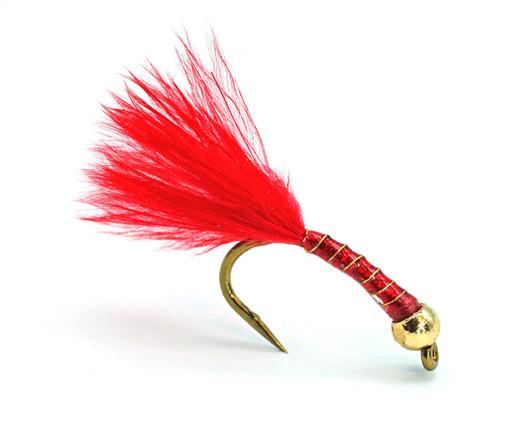
Copyright © 2023 Phil Rowley 2023
All rights reserved. No part of this publication can be reproduced, stored in a retrieval system or transmitted, in any form or by any means, without prior permission of the publisher.
OP Media Group LTD
802-1166 Alberni St Vancouver BC V6E 3Z3 www.opmediagroup.ca
Written & Photography by Phil Rowley
Editing by Michaela Ludwig
Design by Arran Yates
Marketing & Distribution by Desiree Miller
ISBN: 978-1-7778764-1-8
Printed in China
Published by
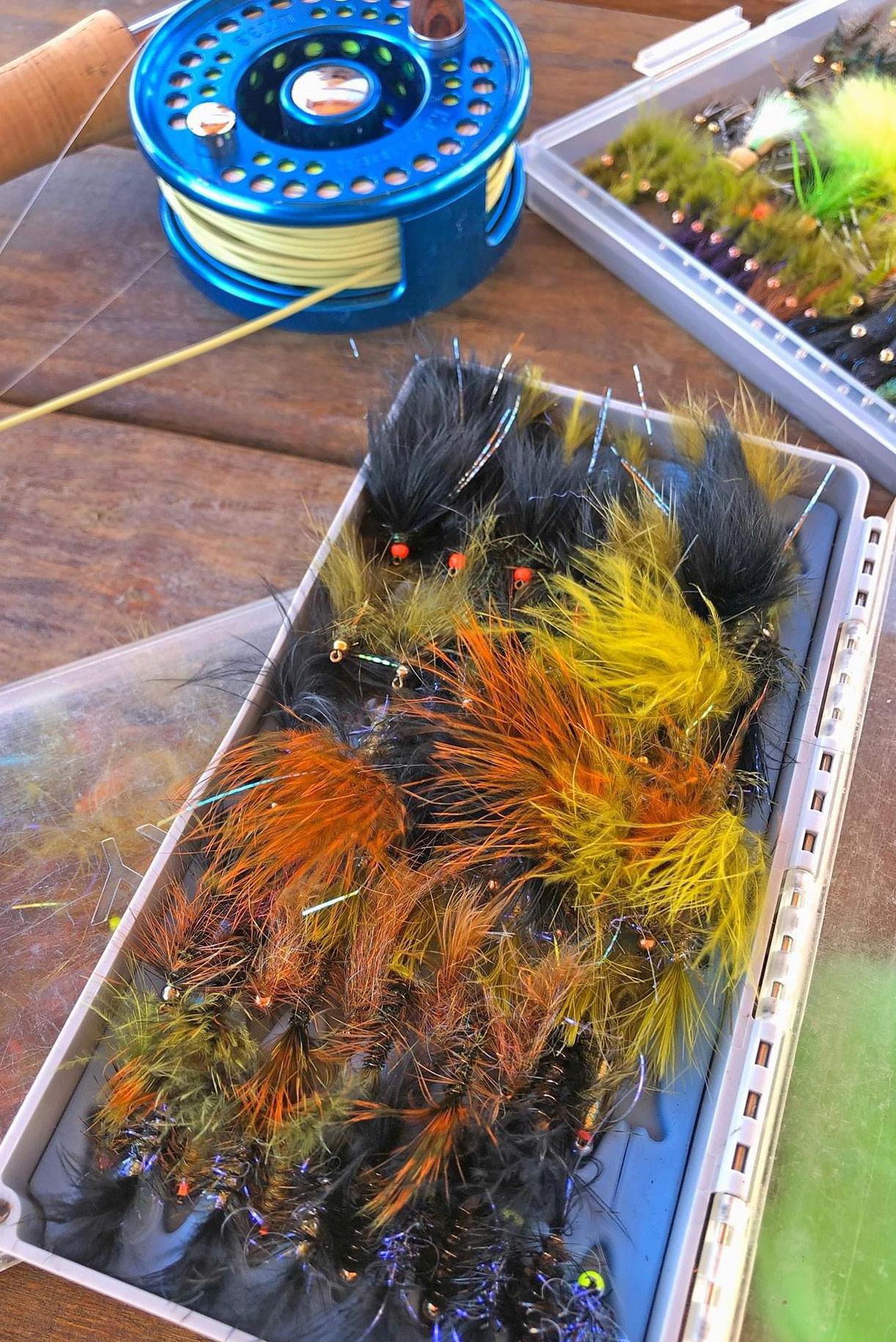

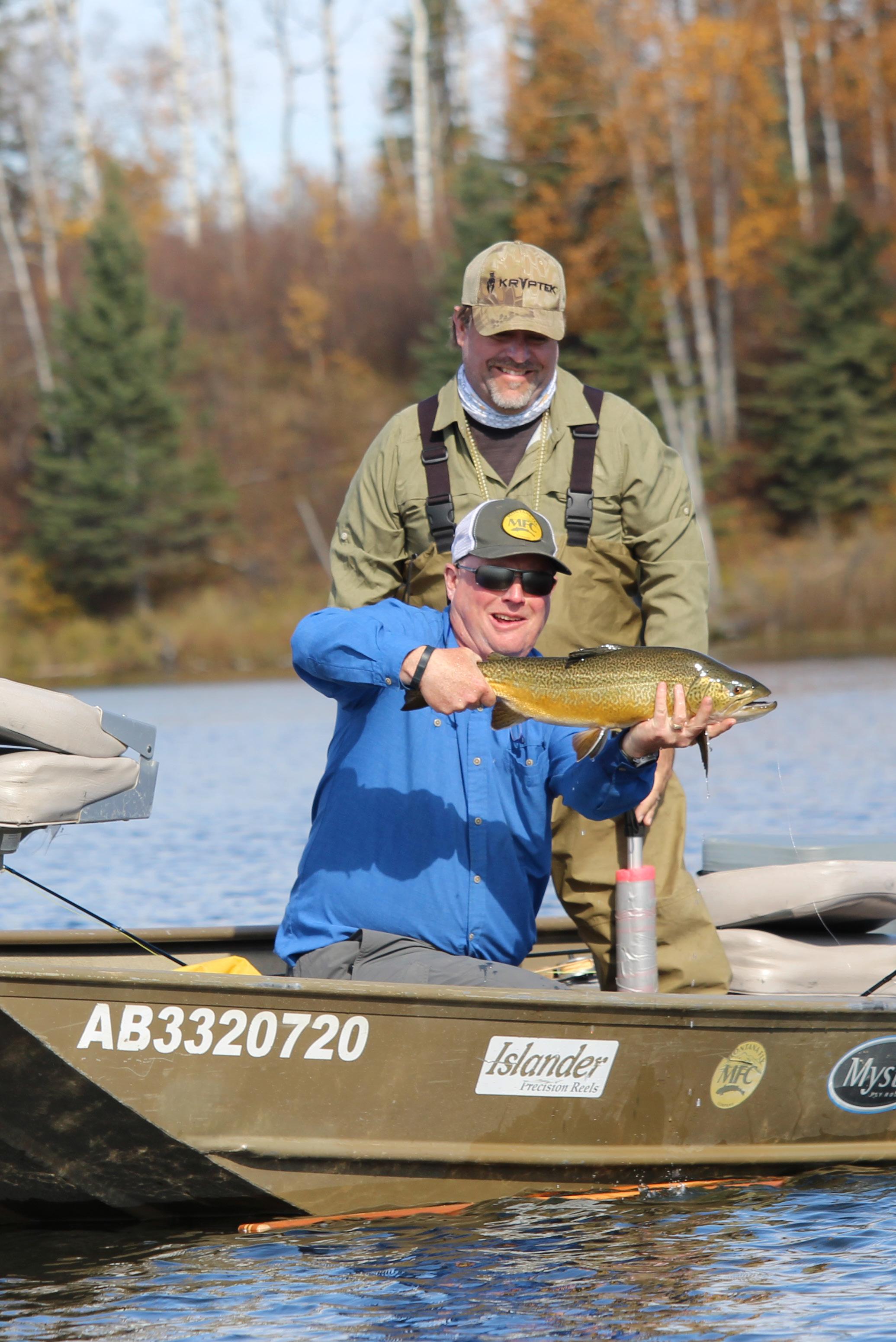
Foreword
I consider myself fortunate to have been the fly-tying columnist for BC Outdoors magazine for over 17 years. I completed my first column in 2005. Within each year, there are at least six columns. Since my initial column, I have featured over 90 different fly patterns
As I began the planning process for this book, we originally considered squeezing every column into a single volume. However, it soon became apparent that there was too much content for a single book. To provide the appropriate space each pattern deserved, I decided to break these columns down into two main categories: lakes and rivers and streams. This book, focused on stillwater fly patterns, is the first in hopefully a series of books featuring all my tying columns.
A primary aspect of each column is to focus on a specific tying challenge or material. The featured fly illustrated how to manage the tying challenge or the material.

On occasion, I also featured specific patterns that might be of interest to readers. Most of these were long-time favourites, such as the Carey Special, Woolly Bugger or Gomphus. patterns with their unique tying challenges, with the added benefit of being cornerstone stillwater patterns.
For the most part, each pattern narrative and recipe remained intact from their original. I also wanted to feature patterns from tyers other than myself. As there are so many creative tyers all working to solve the same presentation challenges, I felt it would be completely selfish to focus on my patterns.
Fly tying is always in a constant state of flux and evolution. Materials come and go, and innovative tyers develop new or different techniques. You can decide to tie these patterns as they were initially portrayed or modify them to suit your tying style or materials palette. Either way, you will still have a fly box full of excellent patterns that will produce on any stillwater or solve any presentation challenge. Please add these patterns to your stillwater fly box as I have. You won’t be disappointed.
Phil Rowley
Bob Vanderwater



